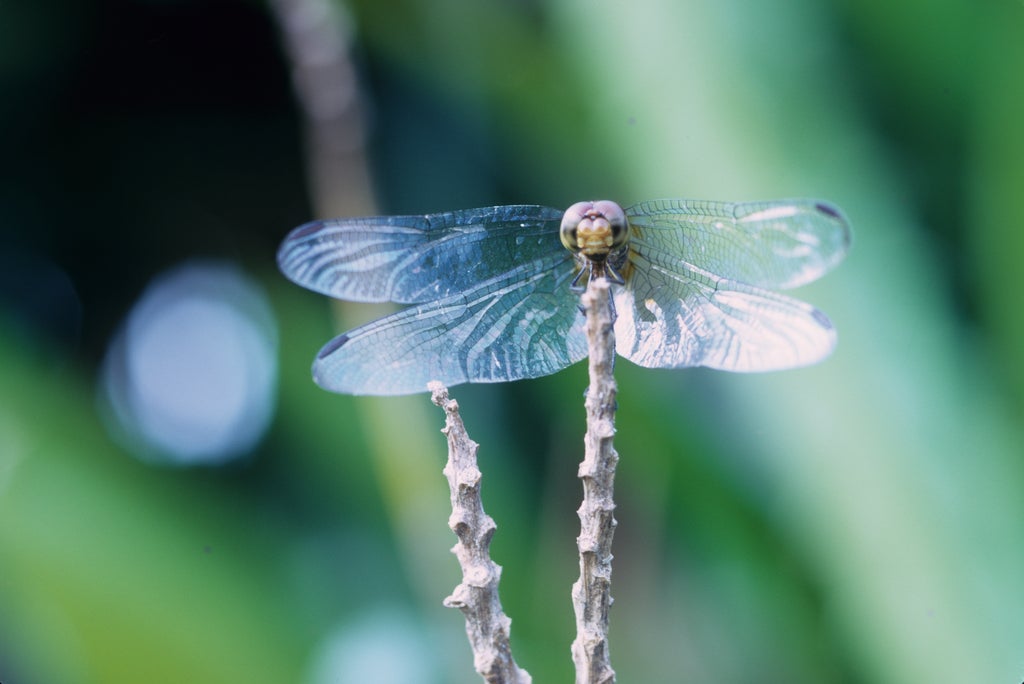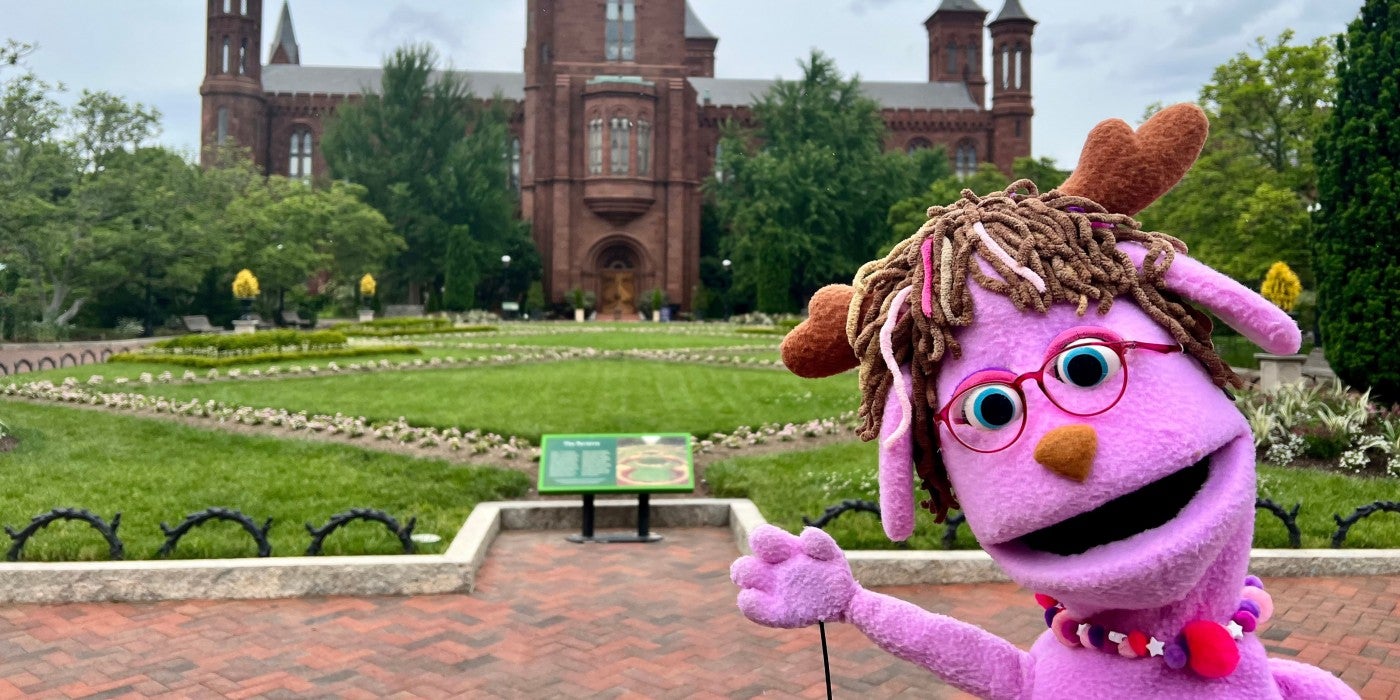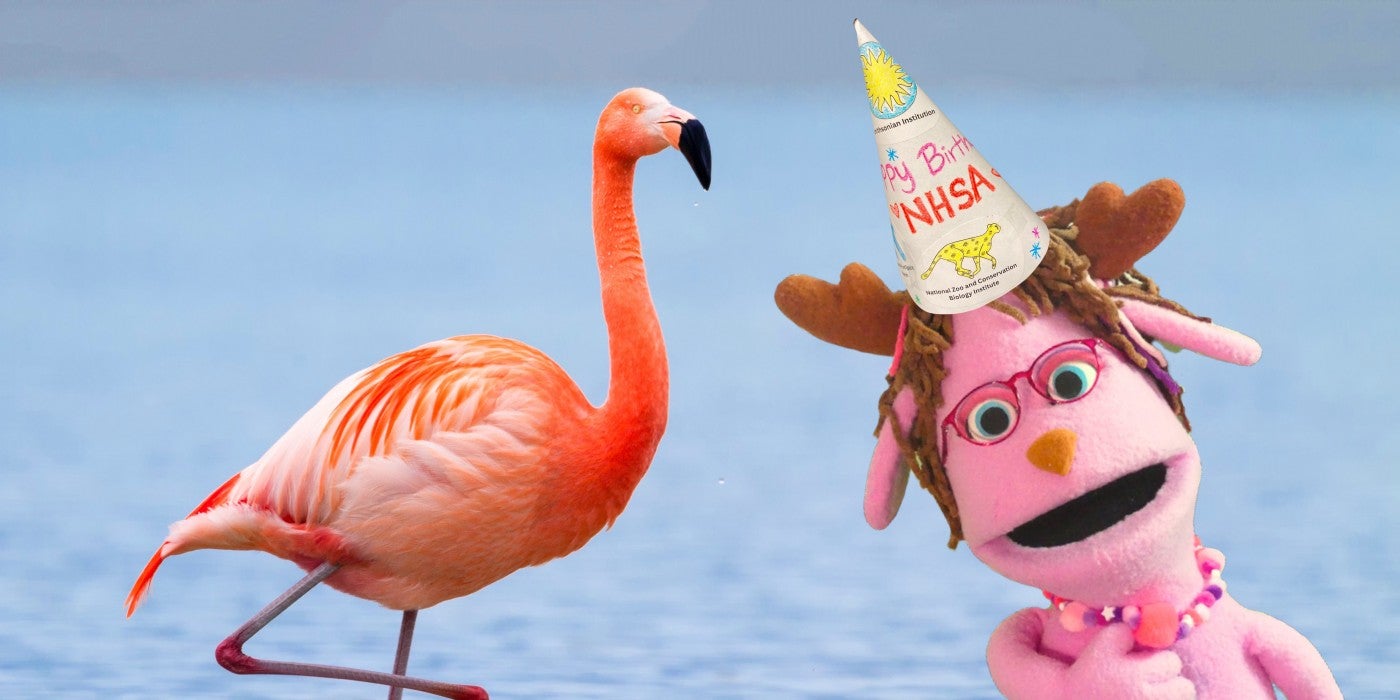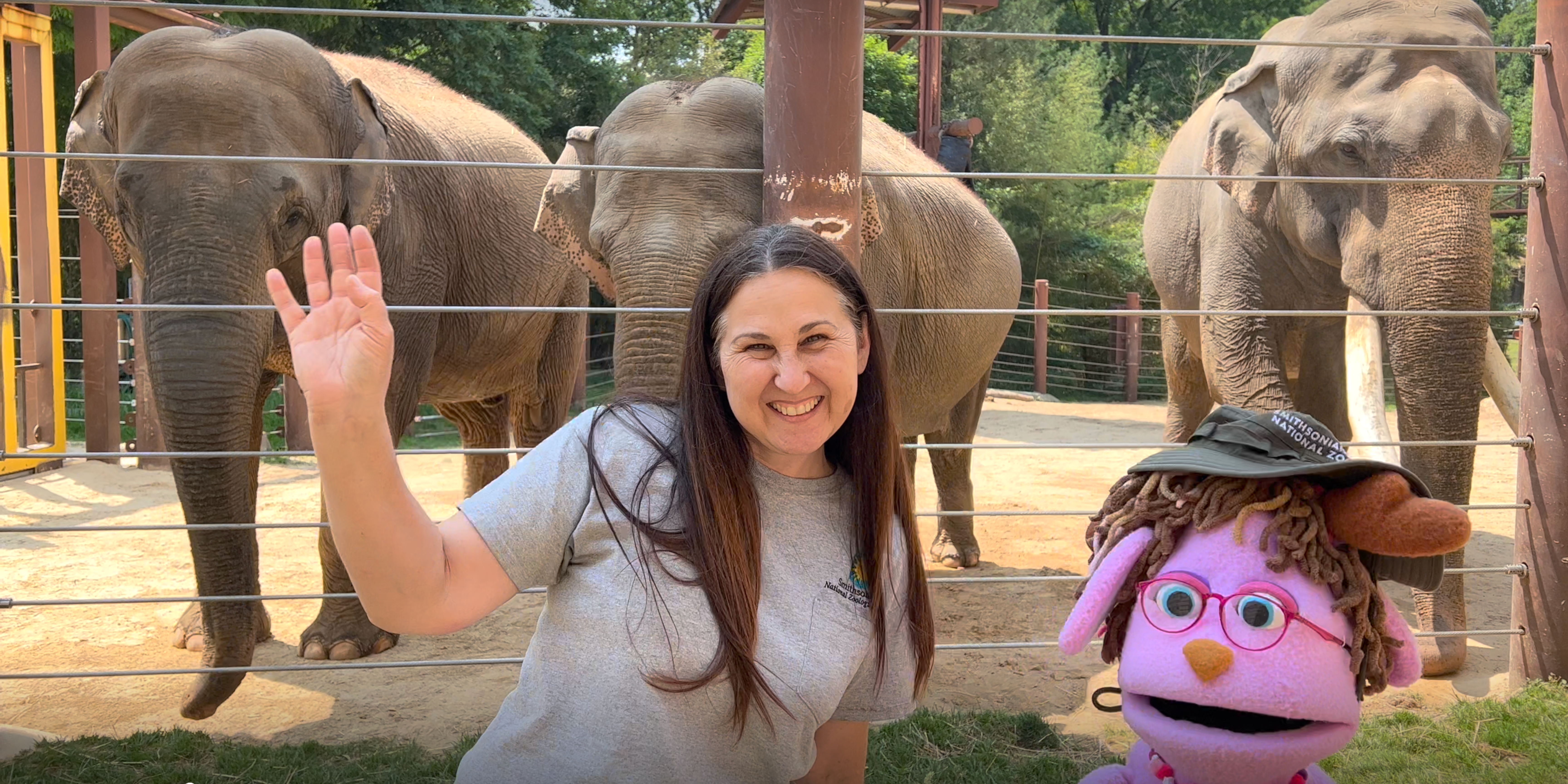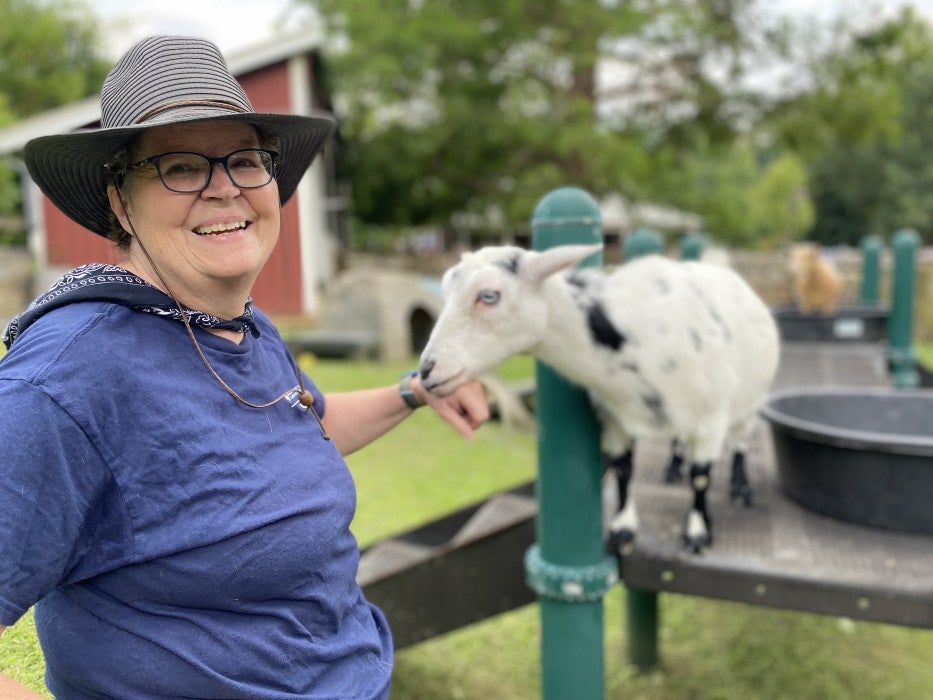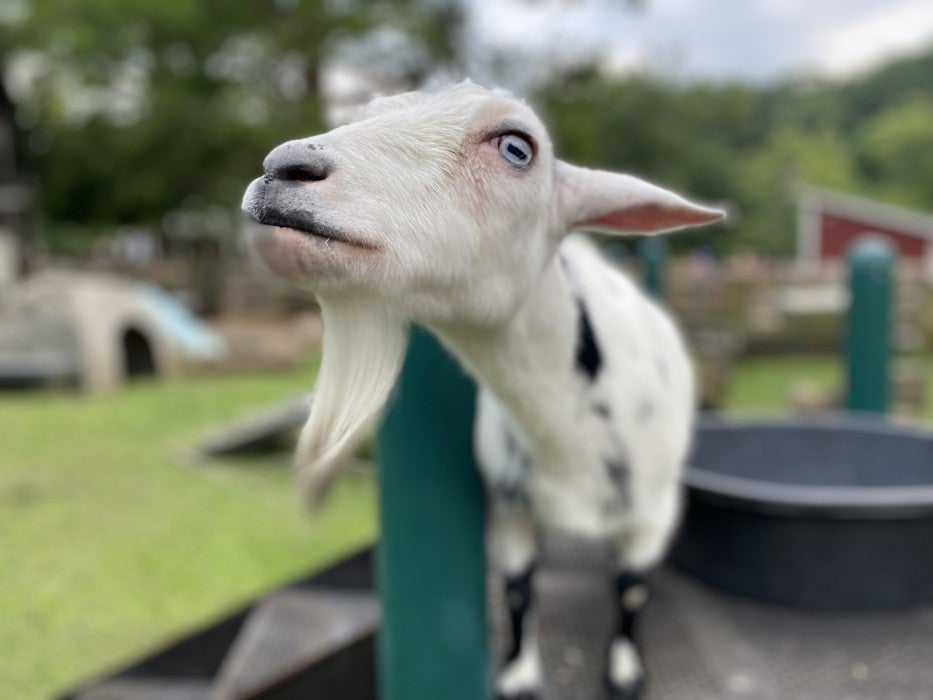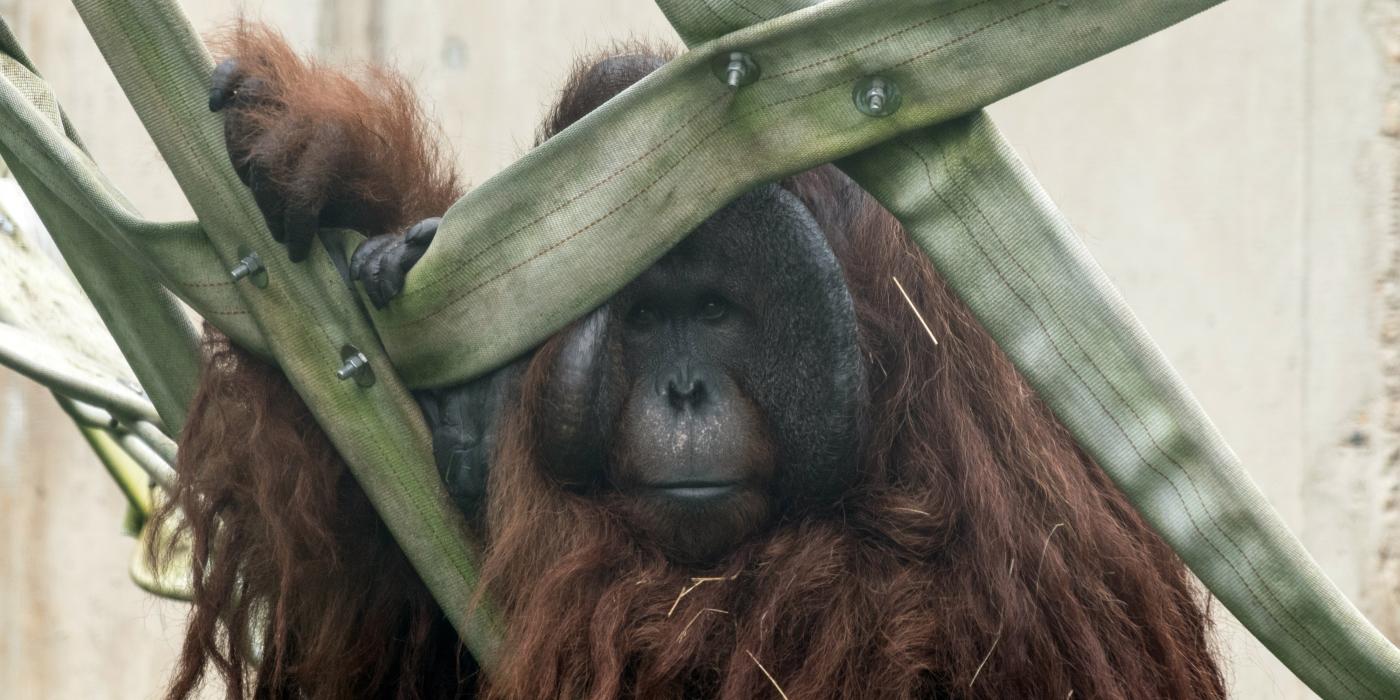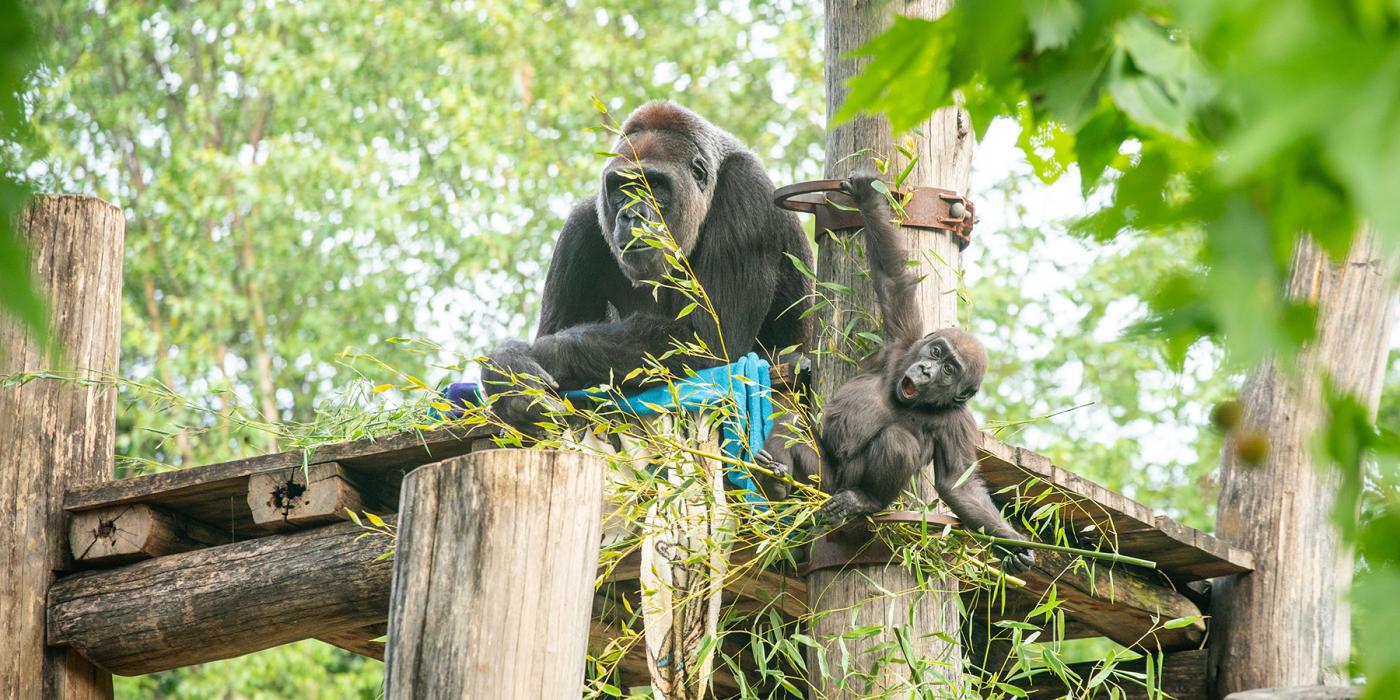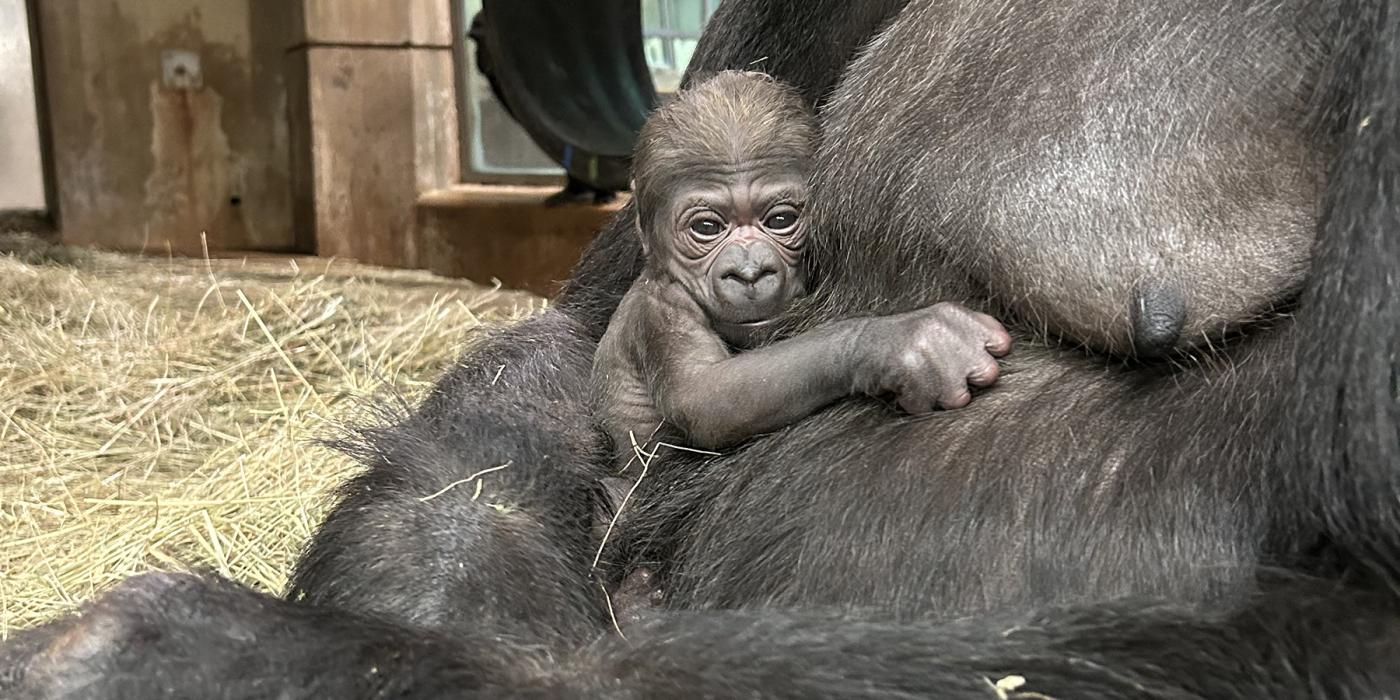#OrangutanStory: Happy 3rd Birthday, Redd!
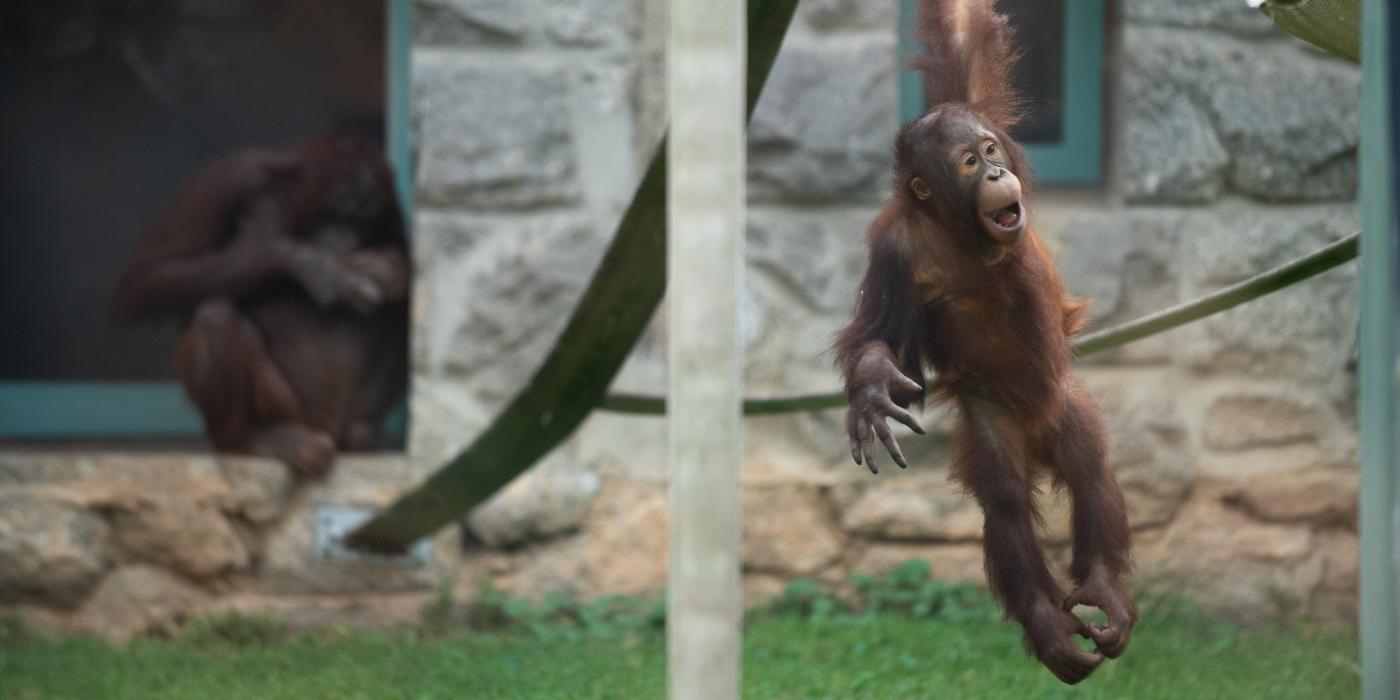
Connor Mallon
This update was written by primate keeper Erin Stromberg.
Today marks our youngest Bornean orangutan’s third birthday—and what an exciting year it has been! Redd has always been brimming with personality, but in the last six months or so our primate team has started to see his adventurous and independent streak more and more.
Related Species:

